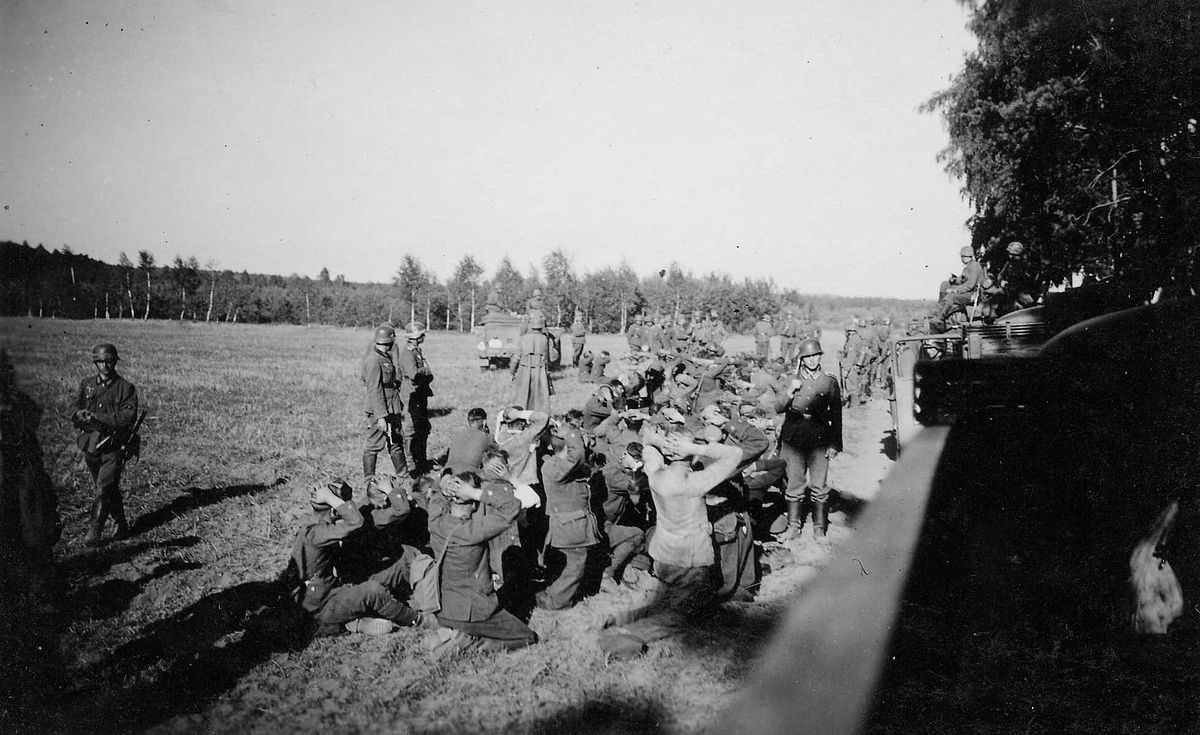
The battle in the Tuchel Heathat the beginning of World War II from 1 to 5 September 1939 was held in the Tuchel Heath southwest of Gdansk in the Polish Corridor between German and Polish troops.
In imperial times, there was, in the province of West Prussia, the military training group(also Gruppa, Polish Grupa) west of Graudenz so that the area was well known to the German troops. Heinz Guderian, for example, came from the nearby Culm.
The line-up of the armed forces, consisting of the 4th Army Artillery General Günther von Kluge had gathered in Pomerania. German units were involved:
- The XIX. Army Corps under General Heinz Guderian with the Tank Corps
- The Second Infantry Division (Motorized) under Lieutenant General Paul Bader
- The 20th Infantry Division (Motorized) under Lieutenant Mauritz of Wiktorin, and
- 3rd Panzer Division under Lieutenant General Leo Baron Geyr of Schweppenburg.
The Second Army Corps under General of Infantry Adolf Strauss consisted of two infantry divisions,
- 3rd Infantry Division under Major General Walter and Lichel
- The 32nd Infantry Division under Lieutenant-General Franz Boehme.
The Polish Pomeranian Army (Armia Pomerania),consisting of the 9th and 27 Infantry Divisions, is the site chosen as a defensive position. The organizations, from the 30th of August, were teilmobilisiert were not there yet entirely in their positions, as the 300 tanks were advancing from Guderian.
Involved was the Regiment9, which the second and third son of Secretary of State in the Foreign Office, Ernst von Weizsäcker served. Lieutenant Heinrich von Weizsäcker was adopted on 2 September at the barrier of Klonowo, a Polish counter-attack in the evening; Richard von Weizsäcker, who later became President, survived.
The majority of Poland was 3. It was surrounded in September, but a number of Polish troops still managed to retreat to Bydgoszcz(Bromberg). After a few days, the Polish forces were wiped out, and success was achieved in East Prussia.
From 5th September, told the German troops to fight pockets of resistance on the Baltic coast and south into the core Polish territory to advance.
On 6 September, Guderian visited Adolf Hitler and congratulated him for his success.